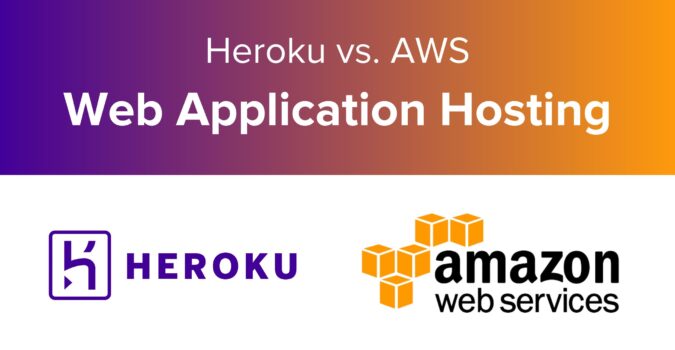The Missing IoT Puzzle Piece for Developers: WindyCityThings 2016
By: Brendan Hennessy / June 22, 2016
What if our electronic devices and appliances had feelings?
Imagine a poor, lonely coffee pot. It just sits, moping on your kitchen counter until you or someone in your family physically engages with it, filling it up with water and coffee grounds and pressing “start” to get your morning going. Not to be cruel, but it’s a sad and lonely “dumb” device.
Enter the IoT (Internet of Things) — technology’s way of giving these devices and appliances greater capabilities and a social network to communicate with each other, and with us.
That previously lonely coffee pot is now connected to you and other appliances around the clock and from anywhere in the world. There may not always be a reason to communicate with the device that brews your morning cup of caffeine, but if you want to start a new pot while in your car or comfortably lying in bed trying to find the snooze button on your alarm, you can do it without meeting it face-to-face.
The IoT is similar to social networking, but your network consists of your washer, dryer, garage door and the other friendly items and gadgets that you use on a regular basis.
Any “smart” device lumped into the large industry that is now the IoT has to have two components:
- Hardware that can detect levels and collect information.
- Software that can send and receive the information detected or collected by that hardware.
Coming from a background in electrical engineering, I’ve focused on the hardware side of the IoT, an often mystical part of the connected device puzzle for web developers.
The coffee pot can’t connect with your smartphone without being fitted with the appropriate sensors and hardware, which collect, send, and receive the necessary information to make it a smart device. So even if you can create a beautiful user interface where people can get updates on the status of their espresso, that machine needs to be able to connect with it as well, and that’s where I, and LaunchPad Lab can help.
On June 23-24, WindyCityThings will bring hundreds of designers, engineers, product managers, and experts together in Chicago, which is quickly becoming the IoT hub of the Midwest, to discuss and learn about the Internet of Things.
Along with nearly two dozen speakers and exhibitors, I’ll be speaking at the event. On Thursday (6/24) at 10:30 am, I’ll walk attendees through the basics of circuitry in my session Intro to Circuits for the Web Developer.
Using a smart light switch as an example, we’ll cover how to build a prototype for a connected device from scratch, including how to interface with your prototype — connect your coffee maker with the software you created to interact with it and collect information.
Programmers and developers have flocked into IoT, and for good reason, as the industry is growing rapidly and connected devices are in the billions. But building the hardware needed to communicate with an app isn’t something taught in programming courses (yet!).
Developers need to understand the hardware and the type of data that will come from it to have a fully functioning smart device. Even if you as a developer won’t be the end manufacturer of the hardware, if this is part of your company or invention, you have to be able to prototype.
Having a fundamental understanding of circuitry and how to pick your components and integrated circuits to get your job done is a must. Without this knowledge, you still have a lonely coffee pot or whatever other devices you deem a candidate for an IoT upgrade.
I hope to see you there to show you the basics of IoT circuitry and help your prototype be a bit smarter.
Going to WindyCityThings? Connect with me on Twitter @bhenney and I’d love to connect with you after my talk.
Whether you can or can’t make the event, I’d love to talk to you about the Internet of Things and discuss how LauchPad Lab could be the perfect partner for your IoT project. We have a team of skilled, passionate tech-focused builders that can put more horsepower, or proper wiring, into your business. Contact us today!
Ready to Build Something Great?
Partner with us to develop technology to grow your business.





